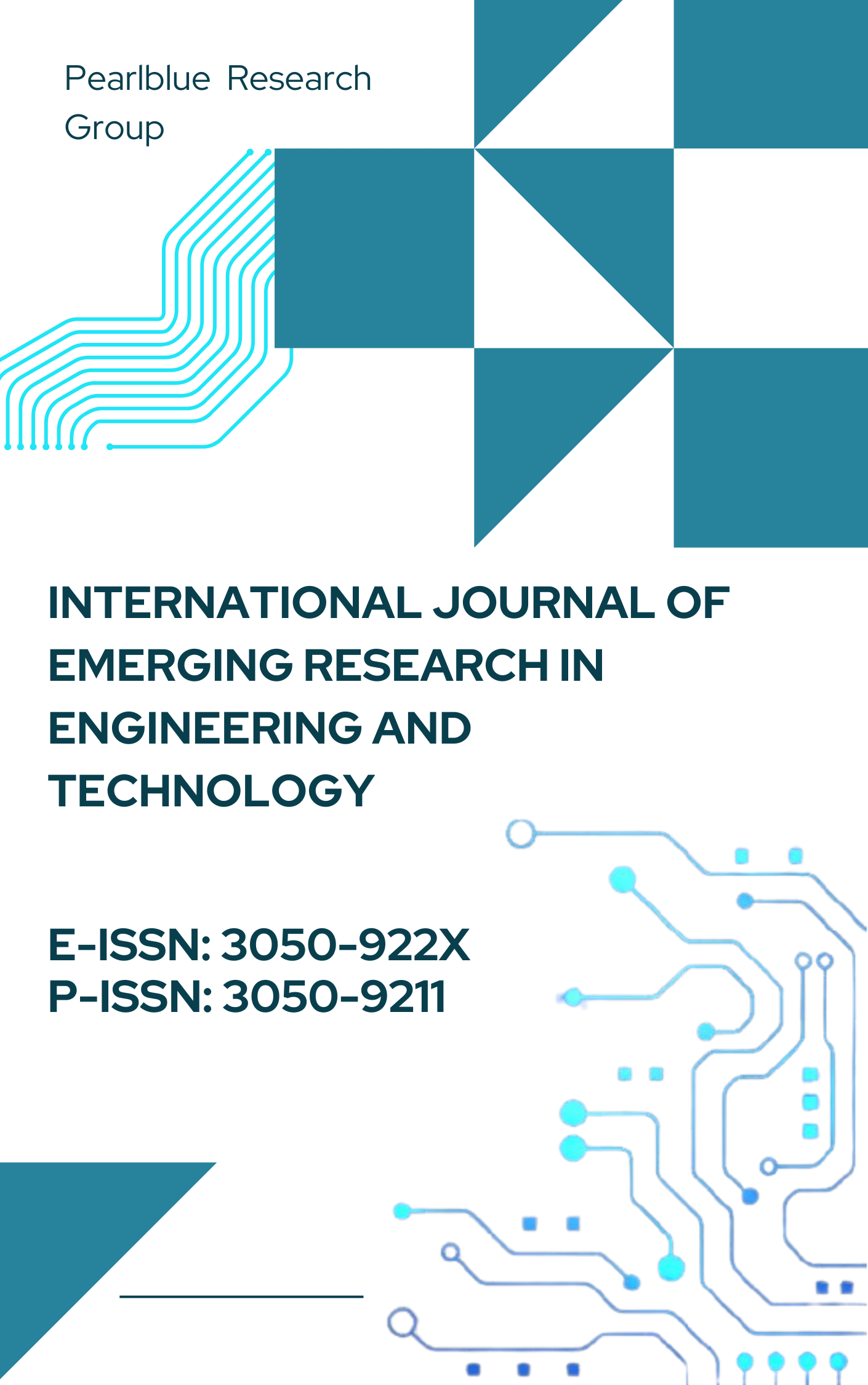Zero-Trust Architecture in Cloud Security: A Model for Enterprise Data Protection
DOI:
https://doi.org/10.63282/3050-922X.IJERET-V5I4P104Keywords:
Zero Trust Architecture (ZTA), cloud security, data protection, network segmentation, access control, threat prevention, continuous monitoring, risk management, complianceAbstract
Zero Trust is an IT security model that operates on the principle of never trust, always verify, aimed at protecting networks, applications, and data by eliminating the concept of implicit trust. In contrast to traditional perimeter security, which assumes trusted users inside the network, Zero Trust treats all users as potentially untrustworthy, necessitating authentication, authorization, and continuous validation for every access request, regardless of their location. A Zero Trust Architecture (ZTA) acknowledges that threats exist both inside and outside the network, and it adopts a proactive approach by continuously monitoring for malicious activity and limiting user access to the minimum required for their job. This strategy ensures that even if a breach occurs, attackers are prevented from moving laterally through the network and accessing unauthorized data. Implementing a Zero Trust Architecture (ZTA) involves several key elements, including network segmentation, Layer 7 threat prevention, granular user-access control, comprehensive security monitoring, and security system automation. A successful ZTA implementation also requires verifying identity and context, controlling risk by inspecting traffic for cyberthreats and sensitive data, and enforcing policies based on a computed risk score for each user, workload, or device. By adopting a defense-in-depth strategy, organizations can create a layered security approach that leverages trusted hardware, encryption, platform protections, and hardware- and firmware-enabled capabilities to secure cloud-based applications and data. Zero Trust enhances data protection and simplifies compliance with standards like PCI DSS and NIST 800-2075
References
[1] AgileBlue. (2024, May 7). Zero trust architecture: Implementation and challenges. https://agileblue.com/zero-trust-architecture-implementation-and-challenges/
[2] Axiad. What are the disadvantages of zero trust and how to overcome them? https://www.axiad.com/blog/what-are-the-disadvantages-of-zero-trust-and-how-to-overcome-them
[3] CISA. Zero trust maturity model. https://www.cisa.gov/zero-trust-maturity-model
[4] Cloudflare. How we think about zero trust performance. https://blog.cloudflare.com/how-we-think-about-zero-trust-performance/
[5] Colortokens. Zero trust architecture: Principles and implementation. https://colortokens.com/blogs/zero-trust-architecture/
[6] Intel. Zero trust in cloud security: An enterprise approach. https://www.intel.com/content/www/us/en/cloud-computing/zero-trust.html
[7] Microsoft. Zero trust configuration in multi-tenant cloud environments. https://learn.microsoft.com/en-us/azure/cloud-adoption-framework/scenarios/defense/identity/multi-tenant/zero-trust-configuration
[8] NIST. (2020). Zero trust architecture (SP 800-207). National Institute of Standards and Technology. https://nvlpubs.nist.gov/nistpubs/specialpublications/NIST.SP.800-207.pdf
[9] NordLayer. Benefits of zero trust security model. https://nordlayer.com/learn/zero-trust/benefits/
[10] Palo Alto Networks. What is zero trust architecture? https://www.paloaltonetworks.com/cyberpedia/what-is-a-zero-trust-architecture
[11] ResearchGate. (2024). Zero trust in the cloud: Implementing zero trust architecture for enhanced cloud security. https://www.researchgate.net/publication/383822594_Zero_Trust_in_the_Cloud_Implementing_Zero_Trust_Architecture_for_Enhanced_Cloud_Security
[12] StrongDM. How to implement zero trust security. https://www.strongdm.com/blog/how-to-implement-zero-trust
[13] TechTarget. Top risks of deploying zero trust cybersecurity model. https://www.techtarget.com/searchsecurity/tip/Top-risks-of-deploying-zero-trust-cybersecurity-model
[14] Terranova Security. Limitations of zero trust architecture. https://www.terranovasecurity.com/blog/limitations-of-zero-trust-architecture
[15] Zscaler. What is zero trust? https://www.zscaler.com/resources/security-terms-glossary/what-is-zero-trust



